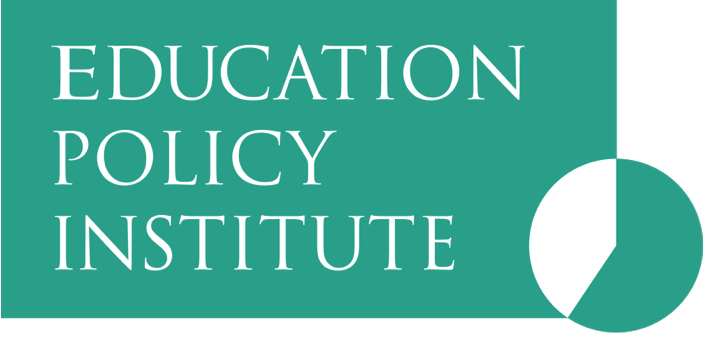In this blog we take a brief look at the GCSE attainment gap for children who are looked after by local authorities in England, alongside outcomes for the wider group of ‘children in need’.
Looked after children are cared for by their local authority for a period of at least 24 hours, for example in a children’s residential home or foster home, whilst children in need (CIN) are assessed as needing help and protection because of risks to their health or development. Some children in need are considered to be at risk of significant harm – for example, due to neglect, or physical, sexual or emotional abuse – so have a statutory child protection plan (CPP) drawn up by their local authority. It has been estimated that by age 16, one-quarter of all children will have fallen into one of these groups at some point. [1]
In this blog we distinguish between three (non-overlapping) groups: children who have been looked after in the previous six years; children in need with a CPP in the previous six years and children in need without a CPP in the previous six years. The latter is by far the biggest of the three children’s social care groups, representing 12.7 per cent of pupils at the end of secondary school in 2021 (compared to 2.2 per cent having a child protection plan and 1.7 per cent being looked after), though the size of each group has been growing in recent years (Figure 1). The number of children with a child protection plan in the previous six years has more than tripled in relative terms since 2014, overtaking the size of the looked after group.

